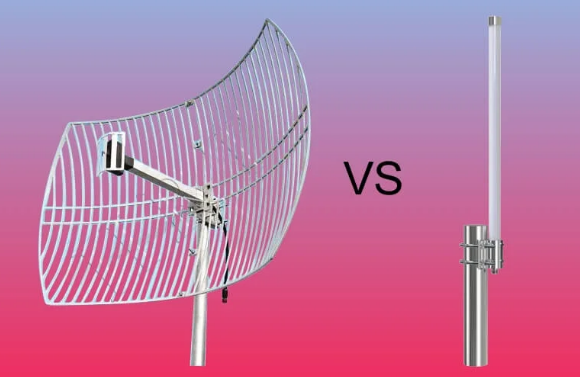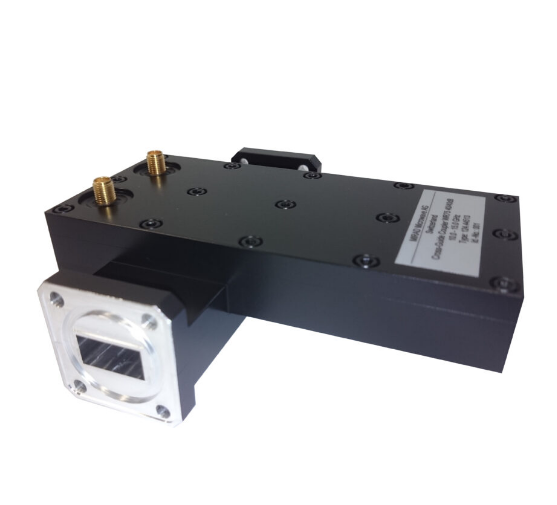In the ever-evolving landscape of wireless communication, one technology that has gained significant attention is Flexible Waveguide Technology. This innovative solution has opened up new horizons in RF transmission, allowing for versatile design and applications. In this article, we will delve into the intricacies of Flexible Waveguide, explore its design principles, and uncover its diverse range of applications that make it an indispensable component of modern communication systems.
Understanding Flexible Waveguide Technology
Before we plunge into the specifics of Flexible Waveguide transmission, let’s first establish what a waveguide is. In the realm of radio frequency (RF) and microwave engineering, a waveguide is a hollow metal tube or pipe used to guide electromagnetic waves, typically between a transmitter and a receiver. The conventional rigid waveguide has been the backbone of RF communication systems for decades, but its limitations in terms of bending and flexibility have led to the emergence of Flexible Waveguide Technology.
Flexible Waveguide Design: A Balancing Act
The heart of Flexible Waveguide Technology lies in its design. Crafting a waveguide that strikes the right balance between flexibility and signal integrity is a formidable challenge. Unlike its rigid counterpart, which confines electromagnetic waves within its fixed structure, flexible waveguides need to accommodate bends and twists without compromising signal quality. This requires a meticulous approach to engineering, involving materials selection, geometry optimization, and electromagnetic simulation.
Flexible waveguide design revolves around achieving low insertion loss, minimal reflections, and consistent impedance across a variety of bending radii. Engineers often employ advanced simulation tools to model the behavior of electromagnetic waves as they travel through the waveguide’s intricate pathways. This enables them to fine-tune parameters such as dimensions, materials, and the number of bends to attain optimal performance.

Applications of Flexible Waveguide
The advent of Flexible Waveguide Technology has sparked a surge in creative applications across various industries. From aerospace to medical devices, the flexibility of these waveguides has opened doors to innovative solutions that were previously unattainable.
- Aerospace and Satellite Communication: In the aerospace sector, where weight and space are at a premium, flexible waveguides find utility in satellite communication systems. Their ability to navigate through confined spaces while maintaining signal integrity makes them an ideal choice for delivering RF signals between different components of a satellite.
- Medical Imaging and Diagnostics: Medical devices often require RF transmission with minimal signal loss. Flexible waveguides can be incorporated into MRI machines and other medical imaging systems, ensuring that RF signals traverse complex pathways without compromising image quality. This enhances the accuracy of diagnostic procedures, leading to more reliable healthcare outcomes.
- Wireless Sensing Networks: In the realm of IoT and wireless sensing, where devices are scattered across diverse environments, flexible waveguides offer a means to establish reliable communication links. These waveguides can be woven into fabrics or integrated into structures, enabling seamless RF transmission even in challenging conditions.
- Military and Defense: The defense sector benefits from the adaptability of flexible waveguides in communication systems that require rapid deployment and stealth operations. These waveguides can be integrated into military equipment, providing robust and covert RF communication channels.
- Industrial Automation: In industrial settings, where machines and robots operate in dynamic environments, flexible waveguides play a crucial role in establishing dependable communication between sensors, controllers, and actuators. This enhances process automation and optimization.
The Future of Flexible Waveguide Technology
As the demand for efficient and versatile communication solutions continues to grow, the evolution of Flexible Waveguide Technology is set to accelerate. Researchers and engineers are exploring novel materials, advanced manufacturing techniques, and cutting-edge simulation tools to further enhance the performance of flexible waveguides. This could lead to even more compact, lightweight, and high-capacity communication systems with applications beyond our current imagination.
In conclusion, Flexible Waveguide Technology has ushered in a new era of RF transmission, allowing signals to flow seamlessly through intricate pathways. Its design intricacies, coupled with its diverse applications, position it as a cornerstone of modern communication systems. Whether enabling medical diagnostics or facilitating satellite communication, flexible waveguides are proving their worth across various sectors, and their journey of innovation is far from over. As we look to the future, the continued advancements in Flexible Waveguide Technology are bound to reshape the way we connect and communicate.
We are happy to know more about your needs, please let us know via Sales@dolphmicrowave.com.







